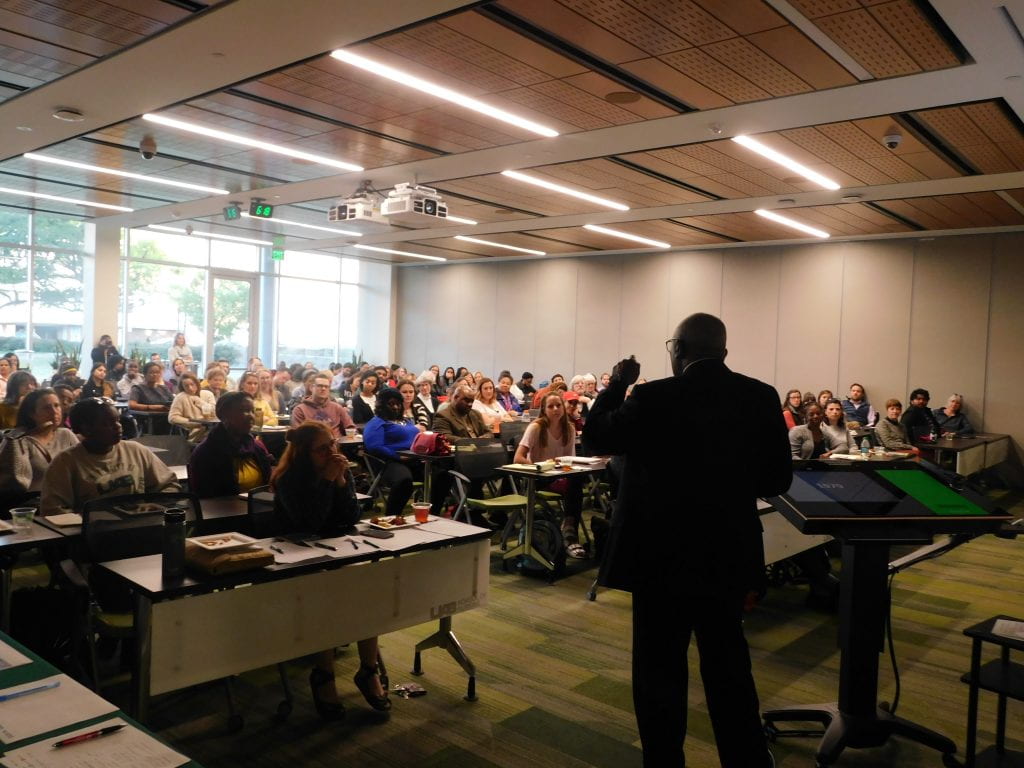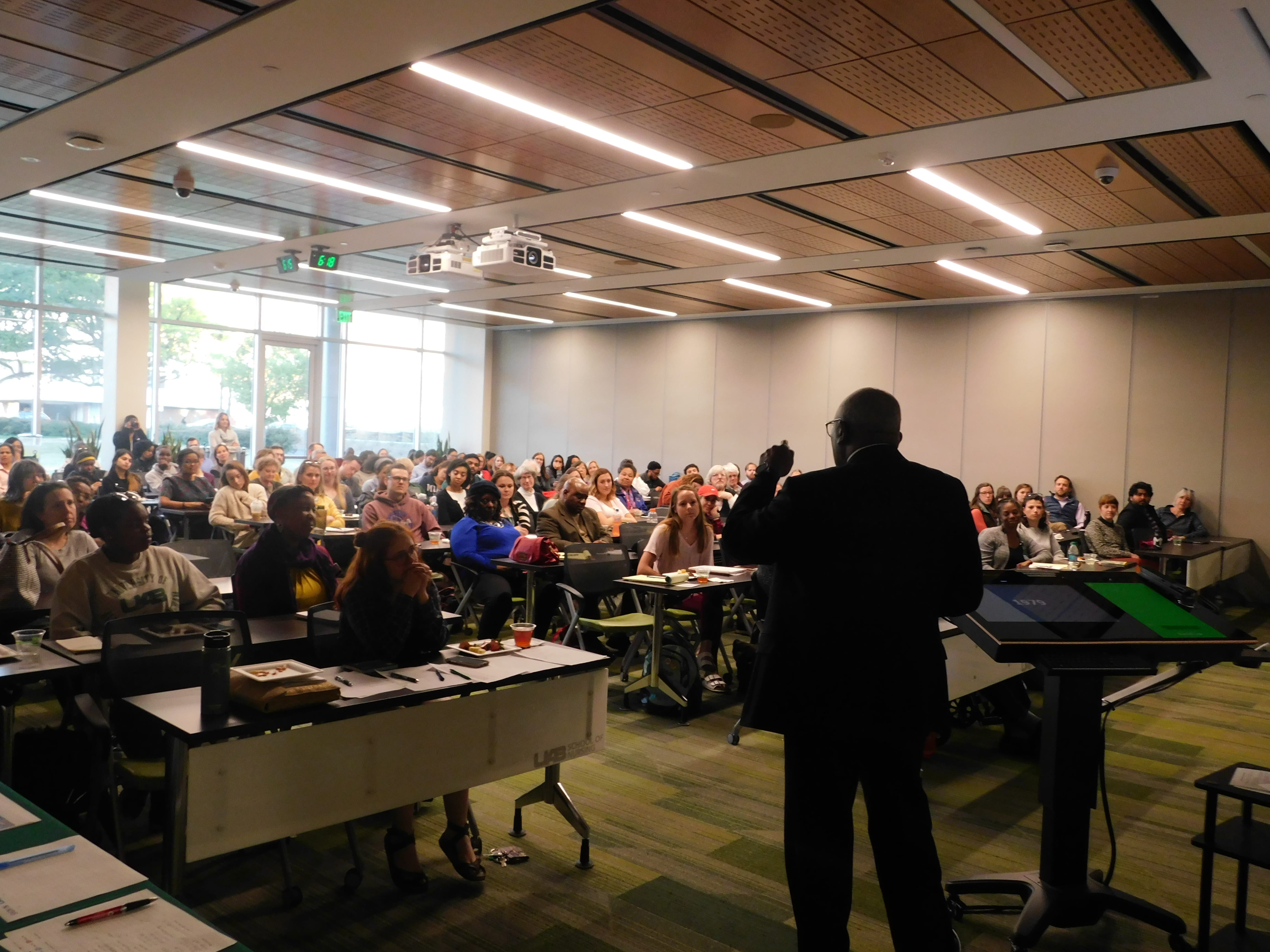
Dr. Robert Bullard has been fighting alongside the citizens of various cities for their right to a clean environment. He positions himself as a dot-connector who utilizes the central theme of fairness, justice, and equity. He is a seeker of just equity. His fight began with the demand of his wife, Linda, in 1979 after she filed a lawsuit against the state of Texas and BFI, a national company seeking to dump waste in a Black community. Bean vs Southwestern Waste Management Corp. was the first lawsuit to challenge the notion of environmental justice using civil rights law. Bean found that while Blacks made up 25% of the population of Houston during the years prior to 1978, the communities in which they resided became the ‘new residences’ of 82% of the city’s waste. Environmental justice (EJ) reveals the disparate impact of the embedded disrespect White supremacy has for marginalized communities, specifically poor communities of color in the South. It exposes the interdependent relationship among pollution, corruption, and racism. oil containing PCBs dumping travesty in Warren County, North Carolina in 1982, initiated the launch of EJ on the national level. Young Black activists put their lives on the line in protests. In 1983 a study found that 75% of waste sites were in Black communities in seven (7) of eight (8) Southern states. Bullard advocates for community-based participatory research projects.
Using a variety of maps and graphs, Bullard located the roots of environmental injustice to the division of the country during enslavement. The data shows that racism can make people sick. “Your zip code is the most powerful predictor of health and well-being.” A 1994 Clinton executive order reinforced Title IX of the Civil Rights Act and by 1999, the Institute of Medicine found that persons of color were more impacted by pollution and contract more diseases than affluent White communities. The highest concentration of environmental injustices occurs in Southern Black communities, including North Birmingham and Emelle, Alabama. Emelle houses the largest chemical waste management site in the nation. This site receives waste from the lower 48 states and 12 international countries; however, this tiny town is in the heart of the Black Belt, 95% Black, and in a county that borders the AL/MS state line.
EJ is not simply about the release of pollutants into the atmosphere. It is also about the lack of accessibility in neighborhoods and the decreasing proximal distance between vehicles and pedestrians. Health connects to everything. We must redefine the environment, our understanding of it, and our relationship to it. Bullard argues that the environment, though it should be neutral and equally accessible for all, is not when the entitlement of equal protection is not applicable to some members of society. Health equity brings together all the segments which merge into intersections. EJ advocates and activists must call out the normalization of whitewashing in both the history and the present injustices plaguing marginalized communities. We need more equal partnership—with universities and communities, and among the marginalized. Marginalized communities must have a reclamation of space—free from the influence and presence of Whites—for the unshackling of all the ‘isms’ from their narratives to unify their voices and their messages. Whites must make room for, stand aside, and equally distribute finances and resources when confronted with the reality of EJ like Flint and the southern Black Belt. The erasure of history makes people ignorant but the failure to invite and listen to the voices of those most affected by EJ continues the perpetuation of the injustices.
Bullard concludes that justice has not been served in places like Flint because not only does the issue remain, the families are still poisoned, and the government officials have not received justice. For 40 years, Bullard has steadfastly shown that a commitment to EJ specifically, and justice broadly, is lifelong and intergenerational. It also requires an alliance with Whites longing to learn and build relationships. The process of mutual learning, regardless of race or age, must be met with clear expectations and a desire to focus on that which may seem ‘unsexy and unattractive’ because that is where the real need for attention lies. Community health is not just about the treatment of the sick; it is the exacting of liberty and justice for all.

